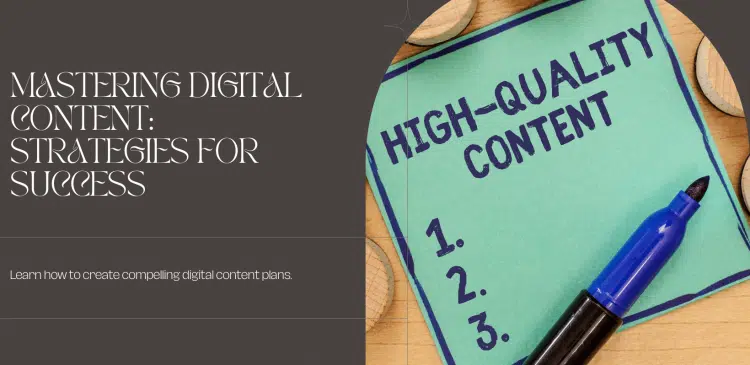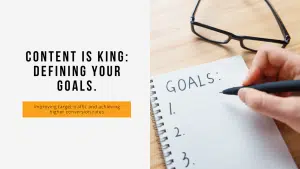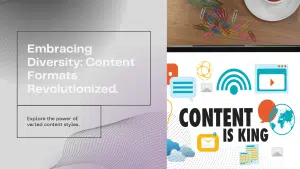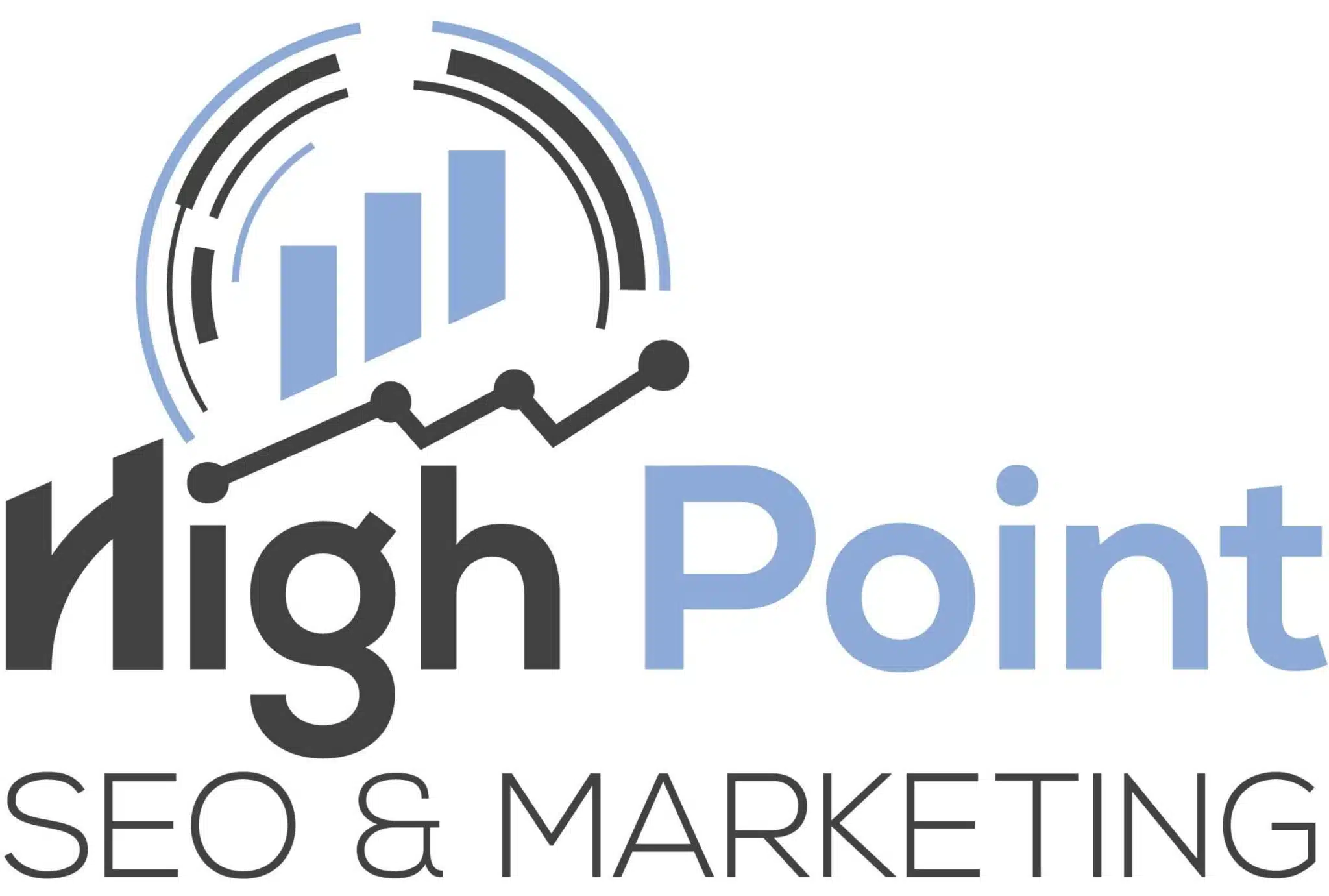Content Is King: Creating Engaging Digital Content Plans

As we see ourselves surrounded by technology and the internet, content in the present era rules supreme. In today’s environment, where there exists a lot of hustle and bustle, especially on the internet, it is always essential to come up with content that is interesting and that speaks to the target market of any given business or organization. A plan for digital content is a guide that offers a straightforward approach to designing and creating content that informs, entertains, and calls for specific action.
Defining Goals and Objectives
To begin with, the most fundamental principle when developing a quality digital content strategy is that of having well-outlined goals and objectives. What is the desired outcome, goal, or aim of your content?

Common goals include:
– Improving target traffic and achieving higher conversion rates
– Being able to attract and retain customers. Social networks are also a great way to attract and retain customers.
– Creating and delivering content that is of significant value to your targeted audiences; being able to firmly establish yourself as a leading authority in your specific industry.
While it is appropriate to build brand awareness and loyalty, consumer engagement goes beyond this by also seeking endorsement and recommendation from the consumer.
Be clear about what reaction you would like from your readers, for example, subscribing to an email list, buying a product, or forwarding an article to others. This will help you to set actionable goals at the start so you can keep adjusting your strategy as you go along.
Understanding Your Audience
Before you can start creating content that your audiences will connect with, you need to get closer to your target demographic.
Map out detailed buyer personas by conducting market research and surveys to uncover the following:
– Demographic information
– The values, interests, and pain points of the subjects of this research.
– Preferred form and media of consuming the content
– An agenda that contains the kind of questions they would like answered
When considering where in the buyer’s journey this type of sale fits, you can conclude that it takes place in the evaluation stage.
Sustain your persona development as you build a bigger pool of information in the process. To engage your audience, it is essential that the content that you deliver is correctly aligned with what your public would like and expect.
Developing a Content Calendar
A content calendar gives a timetable for content creation and a marketing schedule for the different channels throughout a specific period. It defines various aspects such as topics, formats, the date of publication, and the authors.
Maintaining a consistent publishing schedule through an editorial calendar allows you to:
– Organize plan content based on important dates and times and out-of-the-ordinary days such as holidays
– Ensure that the content is not only informative but also has a healthy mix of various formats
– Analyze content performance in terms of engagement, shares, and other metrics year-over-year
Diversifying Content Formats
The internet is now used in many ways other than just to access content. Increase participation by creating a variety of content since some learners consume content in one way while others consume it in another.

Along with standard blog posts, consider formats like:
– Long-form guides and eBooks
– Short videos and live streams
– Podcasts
– The use of info graphics and other types of visual content
– Email newsletters
– Several web applications utilized in teaching and learning, including quizzes, calculators, and assessments
Optimizing for Search Engines
Sharing fantastic articles and products is an excellent strategy; however, if such materials cannot be found by users online, it will not make a difference. In order to reach the maximum number of people, get the most views, and drive traffic to your content, it is necessary to follow search engine optimization strategies such as SEO for Google. This entails finding out the keywords consumers use to search for products or services and injecting them into your content- without straining the written content to sound like it has been optimized for keywords.
Additional best practices for search optimization include:
– Using descriptive titles and metadata
– Using quality links from other highly rated sites
– Ensuring page loading speed and mobile compatibility
– Using meta descriptions; a list of exciting snippets
– Employing structured data markup
Conclusion
Creating a strategic plan for digital content is the first step when planning for the creation of valuable and entertaining content that will help with your objectives. Knowing what success means, identifying the audience personas, the planning for an editorial calendar, switching between formats, optimizing for search engines, and publicizing are all influential factors that need to be applied.
In this guide, you will follow a data-driven process of creating content that will not only delight your readers but also drive highly targeted traffic to your website. Text is still the soul of brands seeking to naturally generate market demand, loyalty, and support. In planning, make wise choices and let engagement be your beacon in content.

 Bill Yeager, Co-Owner of High Point SEO & Marketing in CT
Bill Yeager, Co-Owner of High Point SEO & Marketing in CT